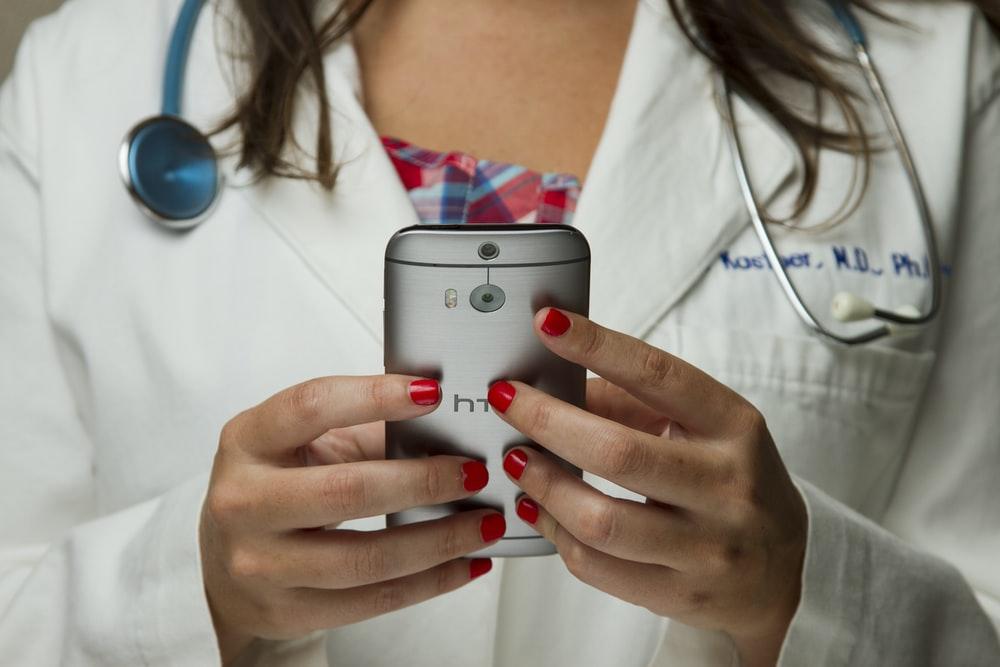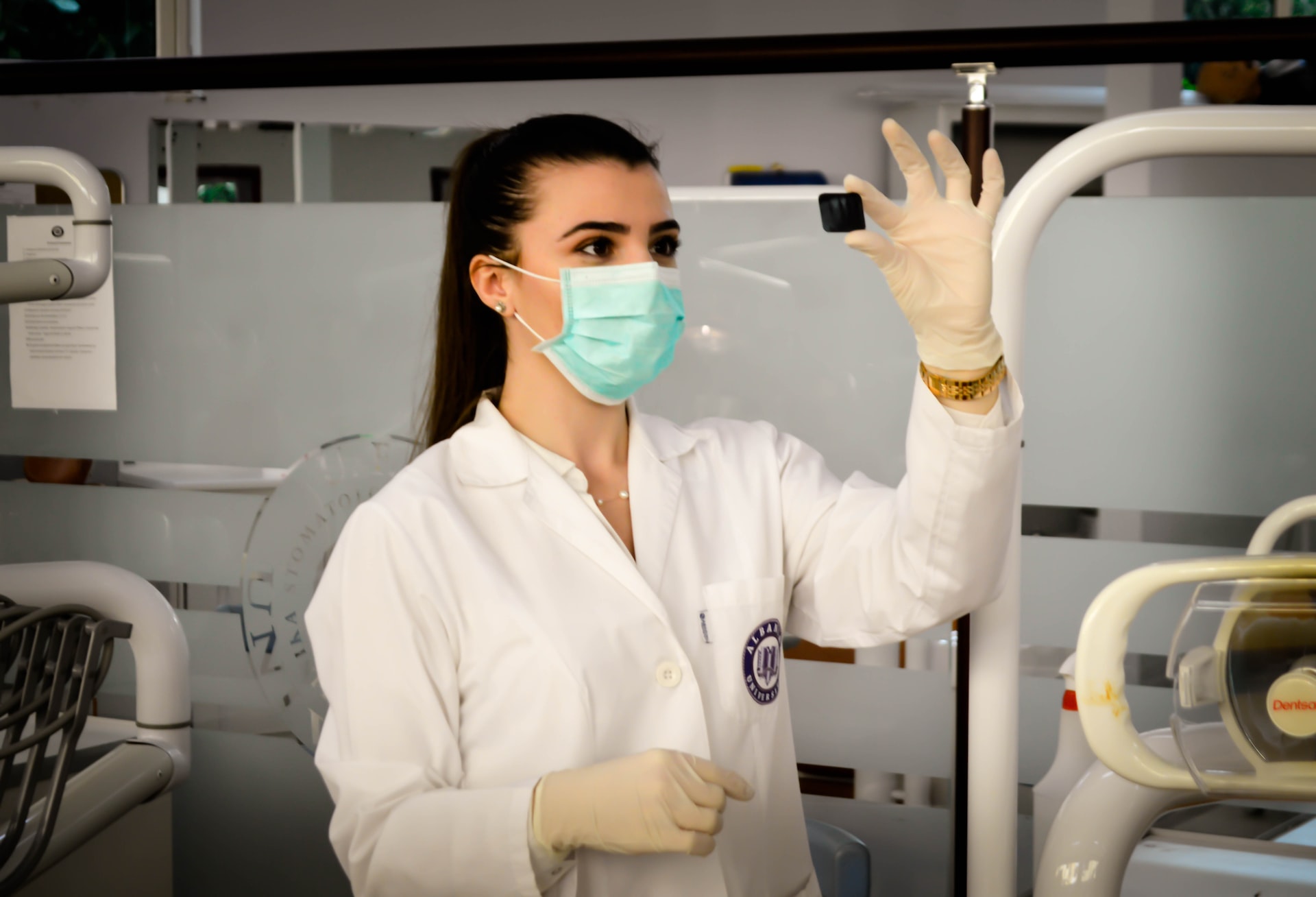Technology continues to evolve, and several advancements have been designed to make health maintenance more efficient. The technologies mentioned here have changed the approach health professionals take when delivering health care services.
Below are five ways technologies have improved efficiency in healthcare.

1. EHR Software
Using paper filing systems to log patient records is outdated and makes it difficult for clinicians in different facilities to work together when it comes to patient care. Electronic healthcare record software can help handle issues quickly by the right person. EHR software for small practices has been integrated for the following reasons:
- Reference & access schedules, rooming, prioritized tasks
- Give patients self-service features that will automatically sync with their medical records
- Manage requests & renewals, & access medical histories from anywhere – even from your phone
- Clinicians can access all practice information at any time from anywhere, in a secure environment
2. Telemedicine/Telehealth
Technology has brought healthcare access to a whole other level! Telemedicine has allowed patients access to experts virtually anywhere in the world. You can use telemedical tools and get home treatment or assistance through different applications and webcams or phone calls.
Telehealth uses technology to improve the quality of communications between patients, providers, and clinics. You can exchange information, schedule appointments, communicate with providers, and more. Using digital communication has modernized the healthcare experience and comes with many benefits.
It allows access to services without physical contact, whether that means contacting a clinician in a different city or healthcare providers working together to deliver the best treatment.
3. Healthcare Chatbots
Chatbots have been used for a while now through retailers and are now being adapted for health plans and hospitals to help patients that need answers during unconventional hours.
Most chatbots use artificial intelligence technology, which allows them to be more intelligent and improve their responses over time. With help from their programming teams, they can learn from conversations to know what matters most to the patients they are communicating with. This makes them better equipped to provide people with the information they need more efficiently.
4. Smart Hospital Rooms
New hospital rooms are being designed with the patients and caregivers in mind. They are safer, embedded with technology, and more interactive. Technology is attached to furniture and fixtures designed to be plug-and-play. The rooms have automatic sliding entrance doors to rooms and showers.
These rooms have surfaces designed to reduce touchpoints, limit falls, and reduce the spread of bacteria. They feature smart windows for less mobile patients. The beds are more comfortable and accommodate caregivers as well. It also cuts construction time and costs by almost 40% for hospitals and patient care centers.
5. Digital Patient Whiteboards
Hospitals want accurate information about the patient’s status, but manual updates are time-consuming for clinicians. Installing digital whiteboards in hospitals has become popular.
They connect to the patient’s electronic healthcare record. They can be updated and edited remotely instead of the clinician having to erase and add new information every time there is an update. The display boards show visual data and even pictures of the patient’s whole care team in real-time.
Final Thoughts
Technology is ever-changing and keeps accelerating at a pace that is often difficult to keep up with. From Telemedicine and chatbots to smart whiteboards and EHR software, it becomes much easier to understand when you know which element will benefit you most – that’s why we’ve set out each topic above.
Many of us have seen technology change before our eyes and there is no doubt that it will continue to shape the healthcare industry positively.
















